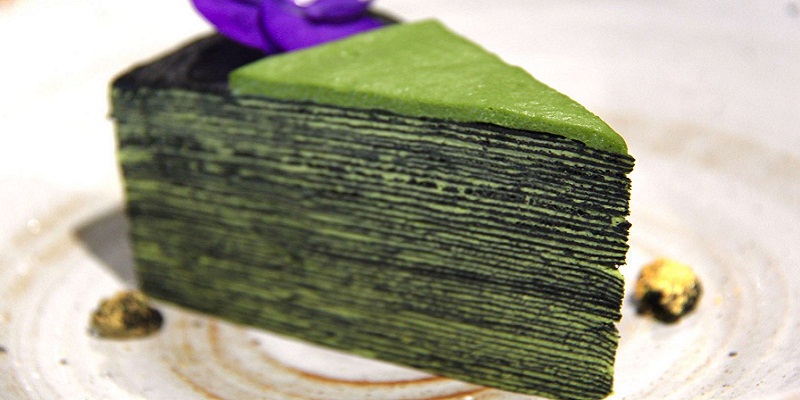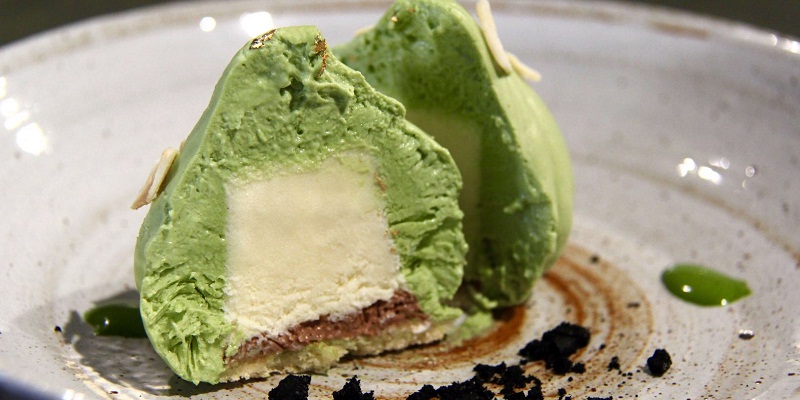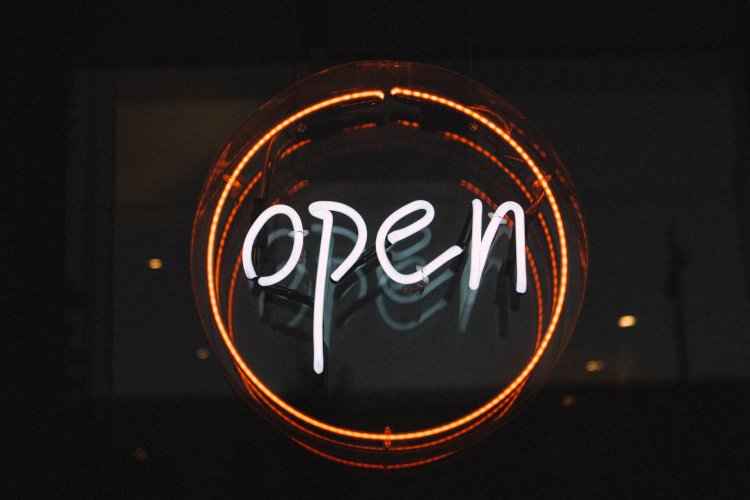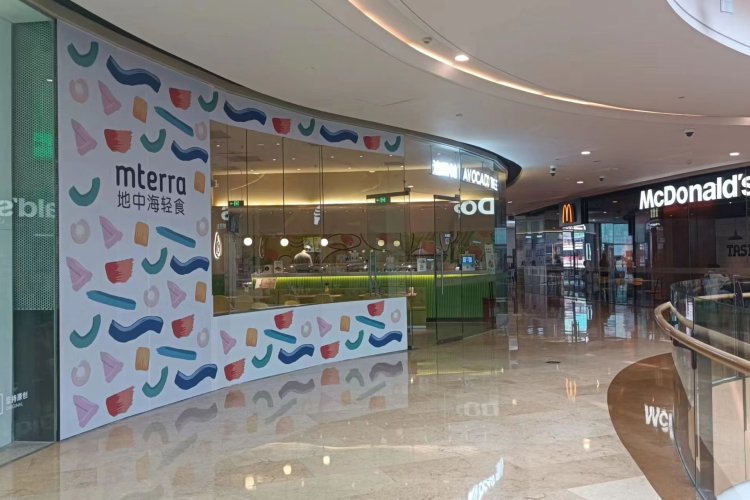Matcha Meets Modern Art at Matcha Village Café in Sanlitun Soho
Sanlitun might already be too saturated for yet another matcha shop, but Matcha Village is not just any other matcha shop – it's comparatively special. Sharing the venue with the Liahona Art Living Space, Matcha Village might be Beijing's largest pastry shop-slash-art gallery, occupying 800sqm on the second floor of Sanlitun Soho. Thankfully, Matcha also avoids the price hike trap that usually befalls cafés set in a gallery or museum, with wares that are quite reasonable and affordable.

First a little background: When we talk about matcha, we may usually think of the rich matcha culture in Japan or their accompanying wagashi (Japanese confections). But consumption of tea powder originated during the Tang dynasty (618-907), when people would steam tea leaves and pound the extracts into tea bricks. Then, in the Song dynasty, it was popular to make powdered tea from team-prepared dried tea leaves, before mixing the tea powder with hot water in a bowl. That method made its way to Japan in the late 12th century, gradually evolving and taking the country by storm. Claiming to use the best Chinese matcha, Matcha Village aims to teach fans about the best local matcha varieties through their fine pastries.

The space feels modern with several wooden tables and chairs dotted throughout, some positioned so that you can take in the surrounding paintings and sculptures, as well as a central table for eight to 10 patrons with heavy wooden Chinese-style chairs.
As for the food, there are a dozen of matcha-related desserts, including ice cream, mille crêpes, matcha swiss rolls, matcha tiramisu, matcha mochi, matcha chocolate truffles, cookies, and matcha cheese tarts.
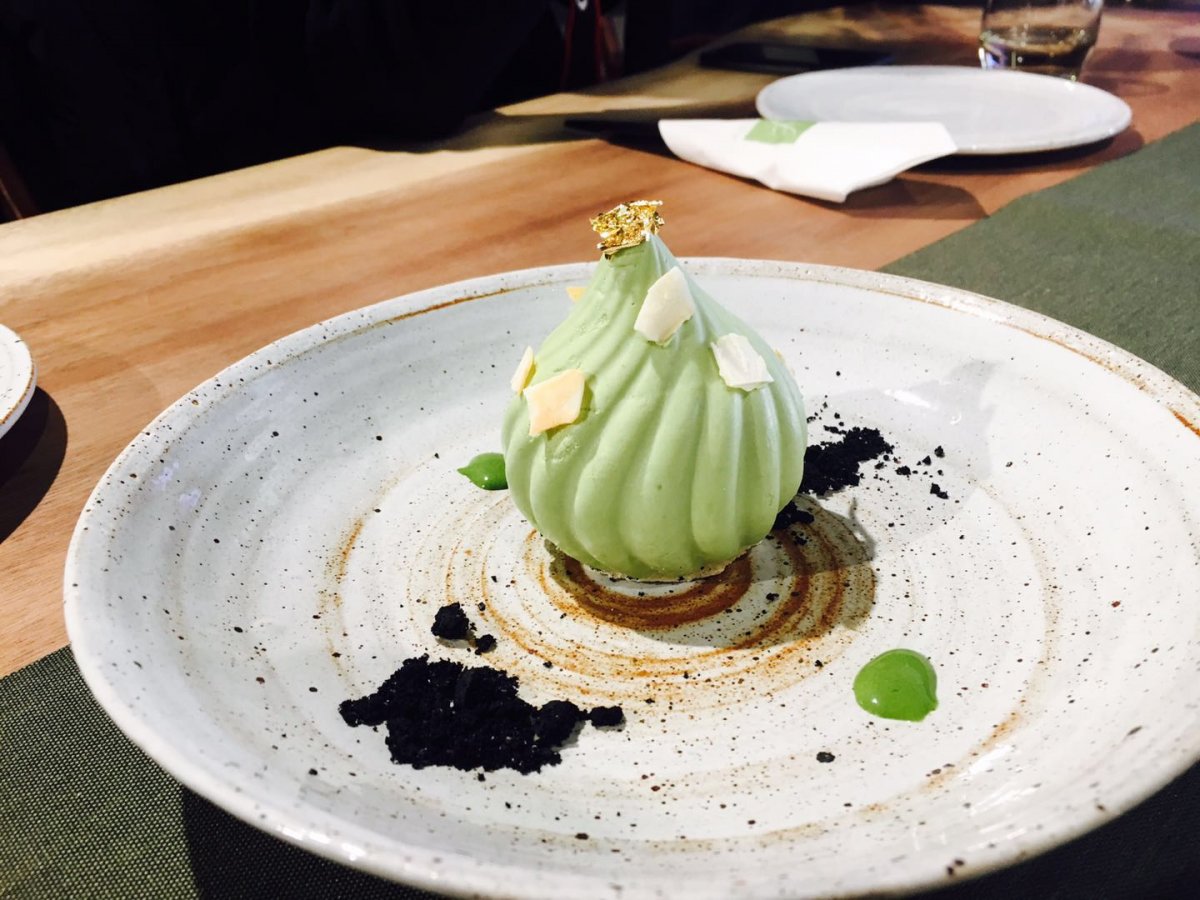
Among the samples we had, the best was the matcha cheesecake (RMB 48), which comes served in a dome shape not unlike those found at the top of Moscow's St. Basil's Church, and decorated with coconut crisps, charcoal powder, and gold foil to finish. After you ruthlessly cut the artwork-like cake in two, revel in the combination of the matcha ice cream-like smooth exterior, the rich chocolate ganache base, and the cheese interior, which is flavored with a hint of coconut.
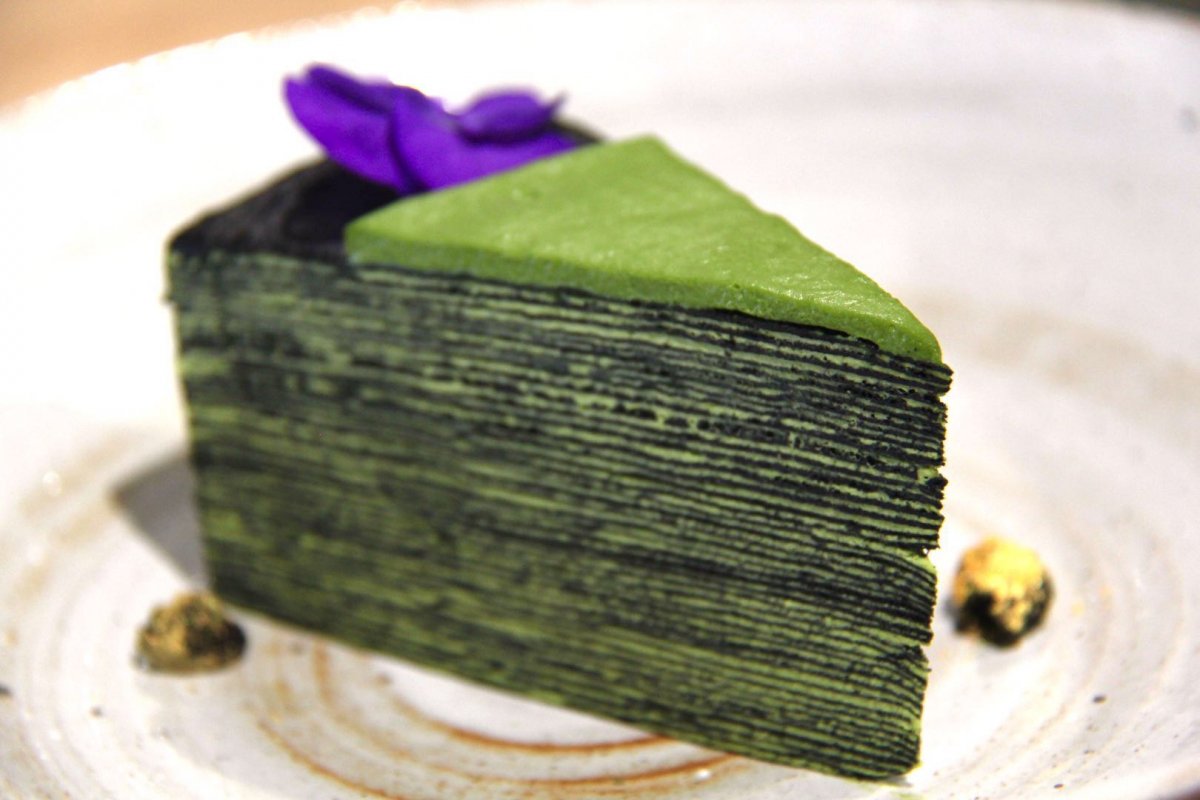
We also enjoyed the matcha mille crêpes cake (RMB 48). Normally consisting of 10-20 layers, Matcha Village's rendition maxes out at a purported impressive 69 layers (no, we didn't count them). The addition of the charcoal powder to the batter makes for a deep black that creates a beautiful juxtaposition to the whipped green matcha cream stacked in between. This decadent cake was rich in creamy and ever-so-slightly bitter flavors thanks to the toasted matcha. The matcha chocolate truffles (RMB 36 for six pieces) were also popular and come covered in a crunchy and sweet outer layer that gives way to a moreish green filling.

As for the drinks (RMB 26-42), guess what, they're all matcha related too, and range from pure matcha to lattes, matcha soda to matcha, banana, and toffee milkshakes. Our zest for cheese tea landed us a “matcha sesame milk cap” (RMB 28), which was matcha topped with black sesame whipped cream, its pretty black layer of sesame separated from the emerald matcha below, and seasoned with a dash of sea salt, giving it the appearance of a Chinese ink-wash painting. We'll be back for this one.
After having stretched your belly with food and drinks, take a walk around in the 800sqm gallery – a great change of pace hidden in the hustle and bustle of Sanlitun. They revamp the exhibition monthly, and the current show, which lasts until Jan 16, is all about cats – paintings, sculptures, and artworks of felines from various artists, not that we needed another excuse pig out on Matcha Village's delicious range of matcha goodies.
Matcha Village
Daily 10.30am-9pm. 2/F, Bldg 6, Sanlitun Soho, 8 Gongti Beilu, Chaoyang District (6581 0571)
抹茶屯:朝阳区工体北路8号院三里屯SOHO6号商场2层
More stories by this author here.
Email: tracywang@thebeijinger.com
Twitter: @flyingfigure
Instagram: @flyingfigure
Photos courtesy of Matcha Village, Tracy Wang

